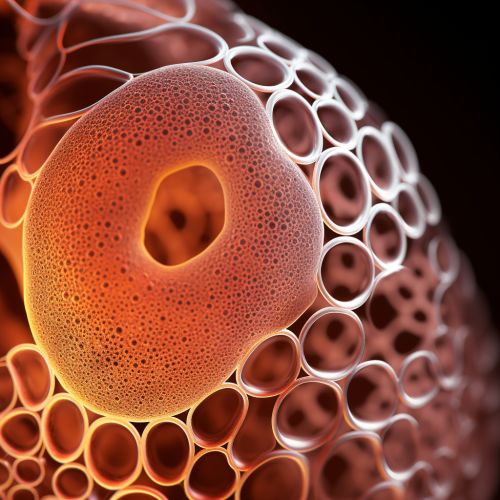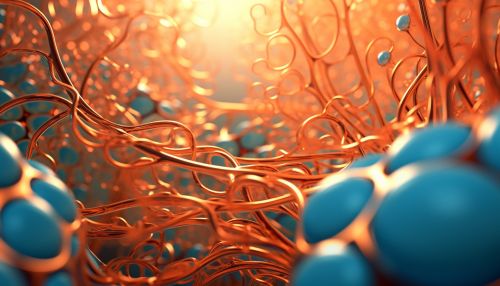Respiration
Overview
Respiration is a vital process in which living organisms exchange gases with their environment. It involves the intake of oxygen and the release of carbon dioxide, a waste product of metabolism. Respiration is a fundamental aspect of life for all aerobic organisms, including humans, animals, and plants. It is a complex process that involves multiple organ systems and biochemical pathways, and is regulated by various physiological mechanisms.
Types of Respiration
There are two main types of respiration: aerobic and anaerobic.
Aerobic Respiration
Aerobic respiration is the process of producing energy with the use of oxygen. It is the most efficient form of respiration and is the primary energy source for most cells. Aerobic respiration occurs in three main stages: glycolysis, the Krebs cycle, and the electron transport chain.


Anaerobic Respiration
Anaerobic respiration, on the other hand, is the process of producing energy without the use of oxygen. This form of respiration is less efficient than aerobic respiration and results in the production of lactic acid or ethanol and carbon dioxide. Anaerobic respiration is primarily used by organisms in oxygen-poor environments, such as bacteria and yeast, but can also occur in muscle cells during intense exercise when oxygen supply is insufficient.
The Process of Respiration
Respiration is a multi-step process that begins with the intake of oxygen and ends with the release of carbon dioxide. The process is divided into four main stages: ventilation, gas exchange, gas transport, and cellular respiration.
Ventilation
Ventilation is the process of moving air in and out of the lungs. This is achieved through the mechanical actions of the diaphragm and the intercostal muscles, which expand and contract to change the volume of the thoracic cavity.
Gas Exchange
Gas exchange occurs in the alveoli, tiny air sacs in the lungs where oxygen is absorbed into the bloodstream and carbon dioxide is expelled. This process is facilitated by the thin walls of the alveoli and the extensive network of capillaries that surround them.
Gas Transport
Gas transport involves the movement of oxygen and carbon dioxide between the lungs and the tissues of the body. Oxygen is carried in the blood bound to hemoglobin in red blood cells, while carbon dioxide is transported in the blood plasma as bicarbonate ions.
Cellular Respiration
Cellular respiration is the process by which cells use oxygen to break down glucose and produce energy in the form of ATP. This process occurs in the mitochondria and involves a series of chemical reactions known as the Krebs cycle and the electron transport chain.
Regulation of Respiration
The rate and depth of respiration are regulated by the respiratory center in the brainstem. This center responds to changes in the levels of oxygen, carbon dioxide, and pH in the blood, as well as to signals from other parts of the brain related to emotion, pain, and temperature.
Disorders of Respiration
There are many disorders that can affect the respiratory system, including asthma, chronic obstructive pulmonary disease (COPD), and pneumonia. These conditions can impair the process of respiration and lead to symptoms such as shortness of breath, coughing, and chest pain.
